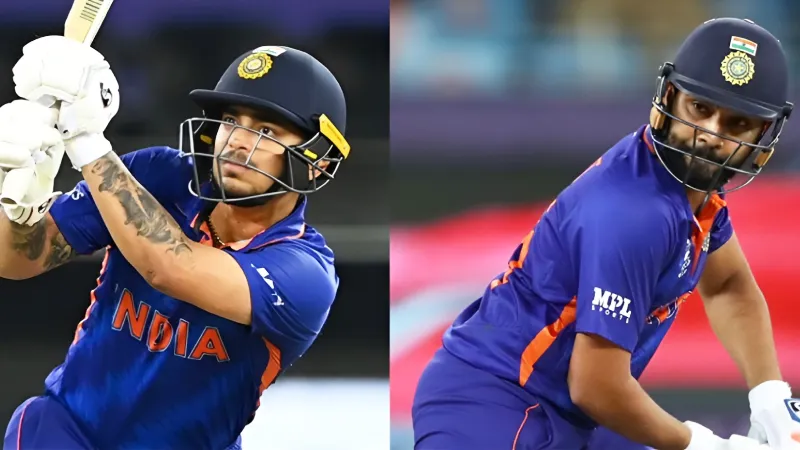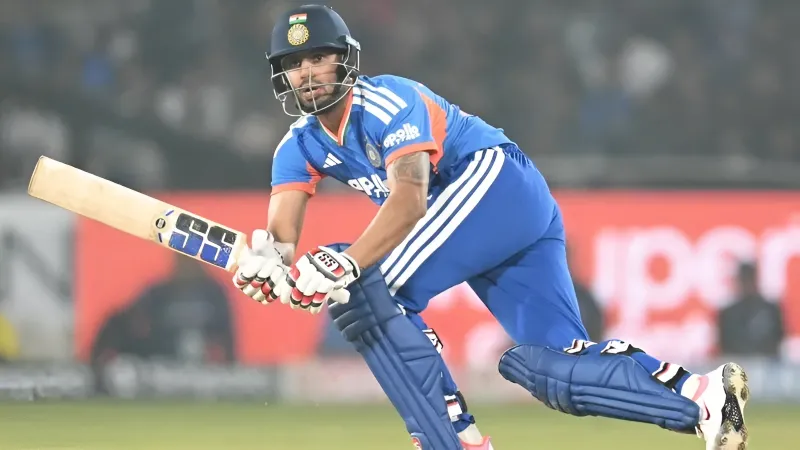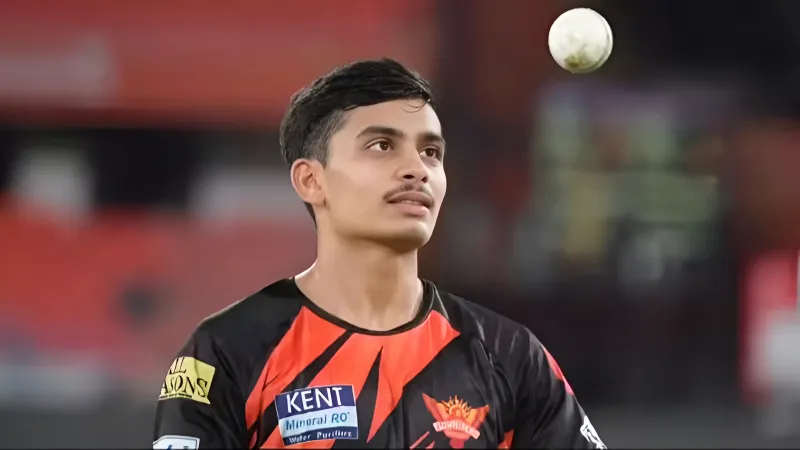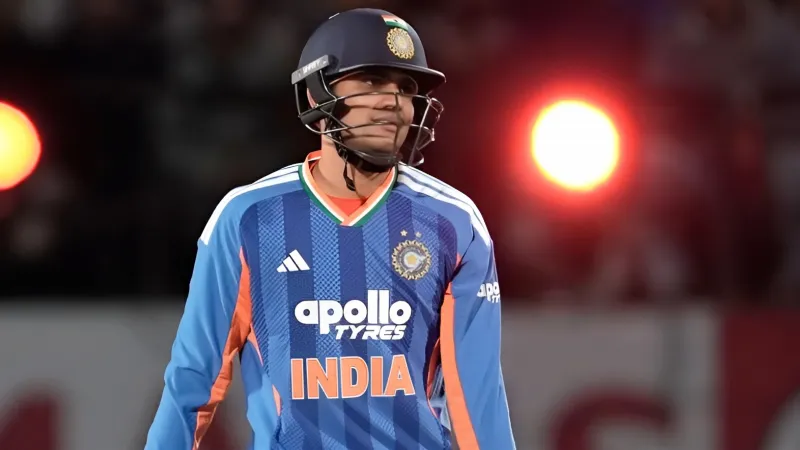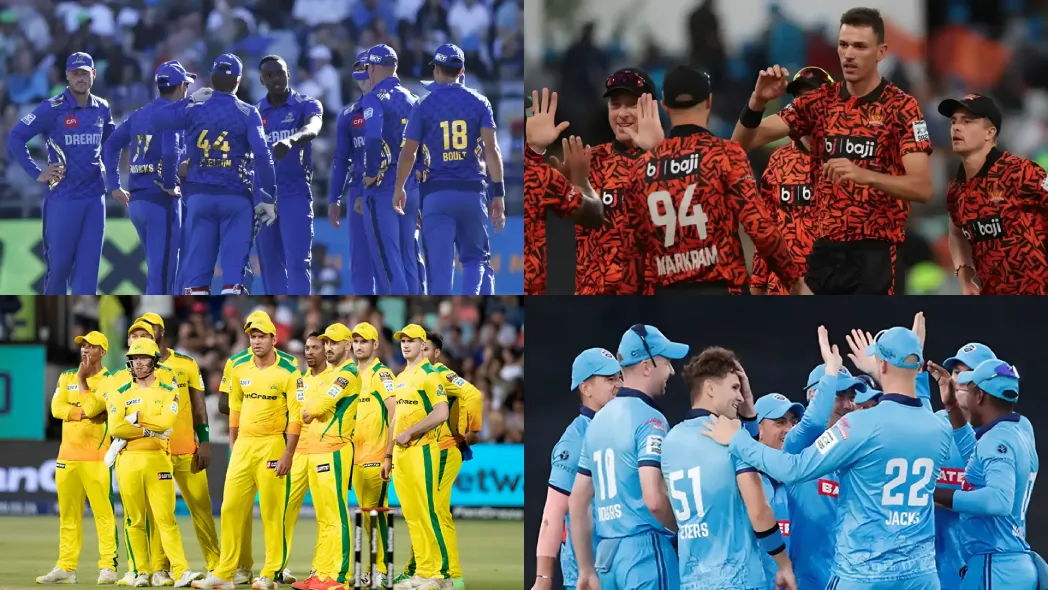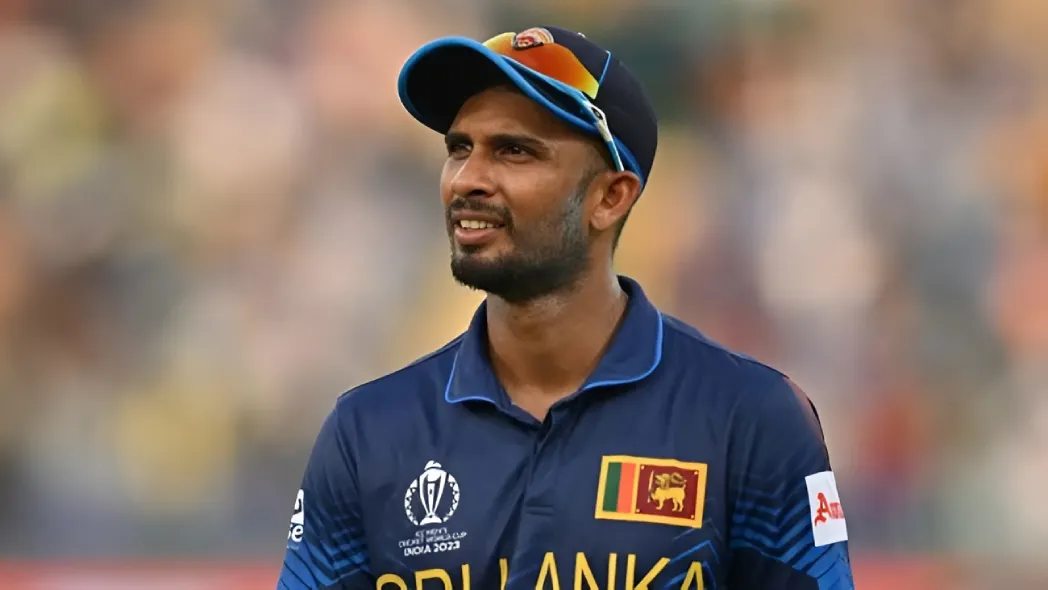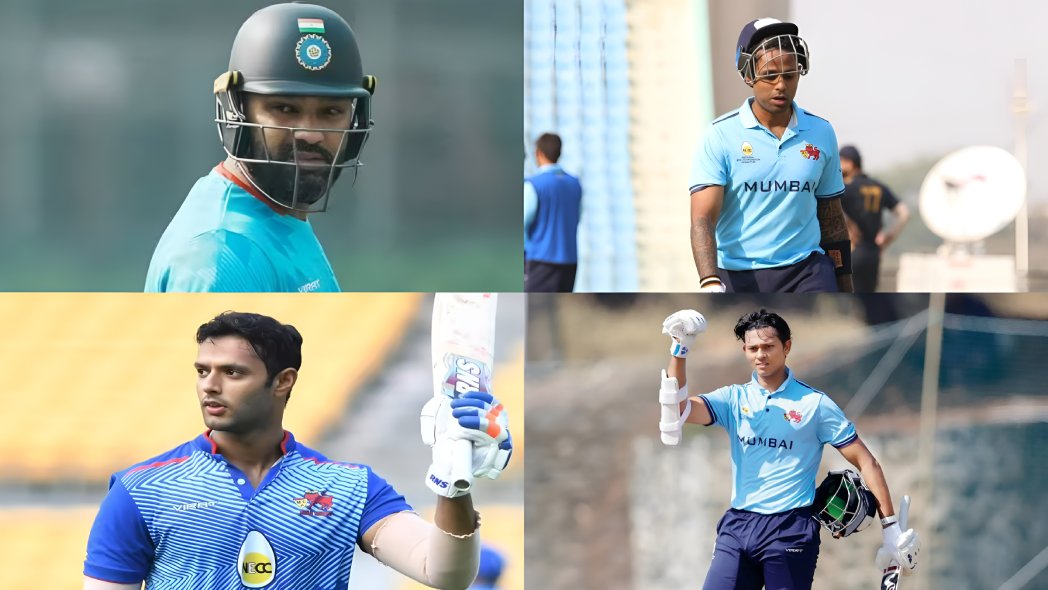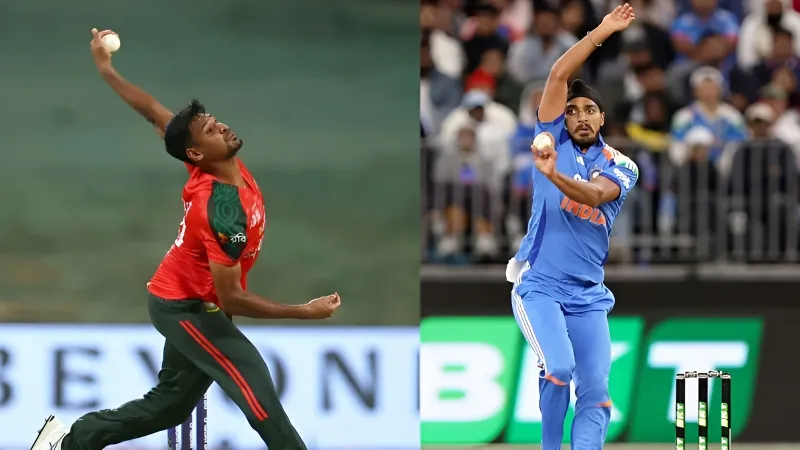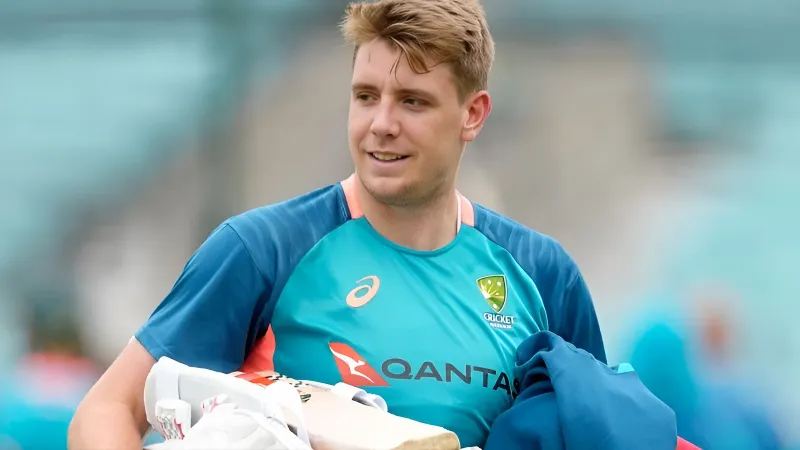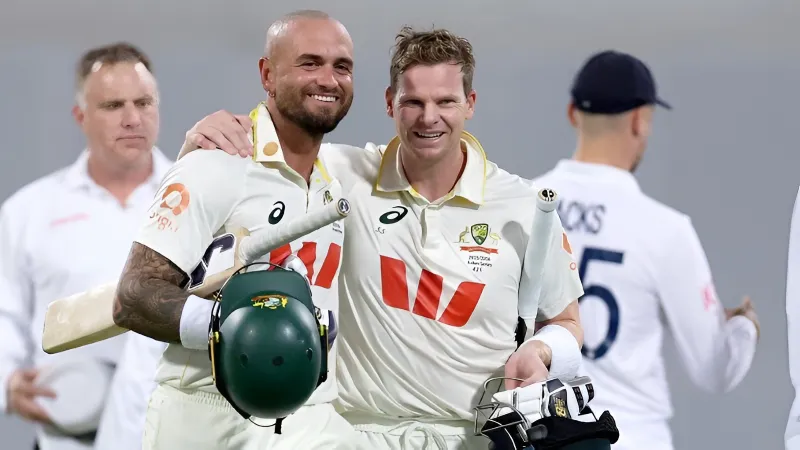Each time India travels to South Africa to play a Test match series, there are always two major questions that have been hanging over their heads, such as the clouds that gather later on in the afternoon at Centurion: Who can survive the new ball storm, and who can get left behind by the selectors? The question has a greater depth this time around. Something is shifting in India’s red-ball philosophy. Some careers are being rebooted, others are quietly sunset. And this squad’s subtle on paper whispers loud messages beneath the surface.
Selectors’ Patience with Shami Finally Runs Out
Shami has made little secret of what he wants to do. He’s gone out there and done some Ranji cricket, he’s put in long bowling stints, and told the world that he is fit to play test cricket once again. However, the selectors have been far from eager to reward him with a recall. Instead, they’ve praised his vast experience and opted for other alternatives; by choosing Akash Deep as the third seamer after Bumrah and Siraj, they’re now more than simply omitting him temporarily – they’ve begun to plan for the future.
Shami’s last year has been riddled with injury breaks and workload management. Ajit Agarkar’s public comments that India must “look ahead” now sound less philosophical and more like a firm direction. Shami may still be fit, but the team management appears convinced they must invest in younger, multi-format-capable quicks.
Akash Deep Becomes a Priority, Not an Experiment
Prasidh Krishna was the pick of the Indian bowlers when he played well for India against England; many thought that he would be back in the queue for the longer format. Yet, India has moved quickly to reinstate Akash Deep, who has some good skills at the new ball but fewer than average as the ball gets older. India does not appear to be making this choice on the basis of ‘the right tool for the job.’ Rather, it appears to be an intentional decision.
The selectors seem convinced that Deep can complement Bumrah in conditions where lateral movement matters more than raw pace. And with a five-match T20I series in Australia preceding the Tests, they might need someone to give Bumrah’s workload a cushion. Deep’s inconsistent performances are acknowledged but clearly forgiven. For a bowler still shaping his Test identity, this kind of backing is both rare and revealing.
Pant’s Return Reinforces India’s Offensive Identity
When Rishabh Pant comes back from an injury, he doesn’t come back; he comes back as the Vice Captain of India. This alone speaks volumes about his importance in India’s Test Cricket Environment. The fact that he played so well (a fluently made half-century) in his first game for India A since being injured with no apparent signs of pain from his broken foot injury on his leg was reassuring enough to give people hope.
But his selection has collateral damage. N Jagadeesan, who didn’t even get a look-in despite solid performances, is sacrificed without ceremony. That’s the cold truth of elite cricket: when Pant is fit, he plays, he leads, and he bats like only he can. For India, getting their most destructive Test batter back for a tough away tour is more than a boost; it’s a statement of aggression.
Youth Investment Over Sentimentality
Zoom out, and India’s Test selection philosophy suddenly feels familiar. Think of 2014, when they phased out Zaheer Khan for a new generation of quicks. Or in 2020, when the team persisted with Gill, Siraj, and Washington Sundar even amid injuries during the Australia tour. This squad is cut from that cloth.
The move away from Shami mirrors how Australia handled Peter Siddle. The Pant push resembles how England once accelerated Ben Stokes’ leadership role. These are not cosmetic calls; they are cultural calls. India is quietly future-proofing itself for a long WTC cycle.
This South Africa series isn’t just another away challenge; it’s a peek into India’s long-term Test blueprint. Pant’s promotion reinforces attacking clarity. Akash Deep’s rapid re-entry announces a desire for pace versatility. And Shami’s absence signals the closing of a celebrated chapter, even if nobody wants to officially say it yet. India’s biggest decisions here aren’t loud. They’re subtle, strategic, and forward-looking, the kind of decisions that fans notice only years later when the pieces fall perfectly into place.
Key Takeaway
India’s squad choices quietly mark a generational pivot, and the future is being ushered in faster than expected.
FAQs
Why was Mohammed Shami left out?
The selectors seem focused on younger seamers and believe Shami’s long-format role has reached its twilight.
What makes Pant’s return so important?
He’s India’s most explosive Test batter and now part of the leadership group, making him central to their long-term plans.
Why did Akash Deep get selected over Prasidh Krishna?
The management prefers his new-ball skill set and sees him as a better complement to Bumrah in South African conditions.
Disclaimer: This blog post reflects the author’s personal insights and analysis. Readers are encouraged to consider the perspectives shared and draw their own conclusions.
Step into the world of cricket with JeetBuzz News—where expert opinions, trending Blogs, and behind-the-scenes insights meet all your favorite topics. Stay informed, stay entertained, and never miss the stories shaping the cricketing world—only on JeetBuzz News!


